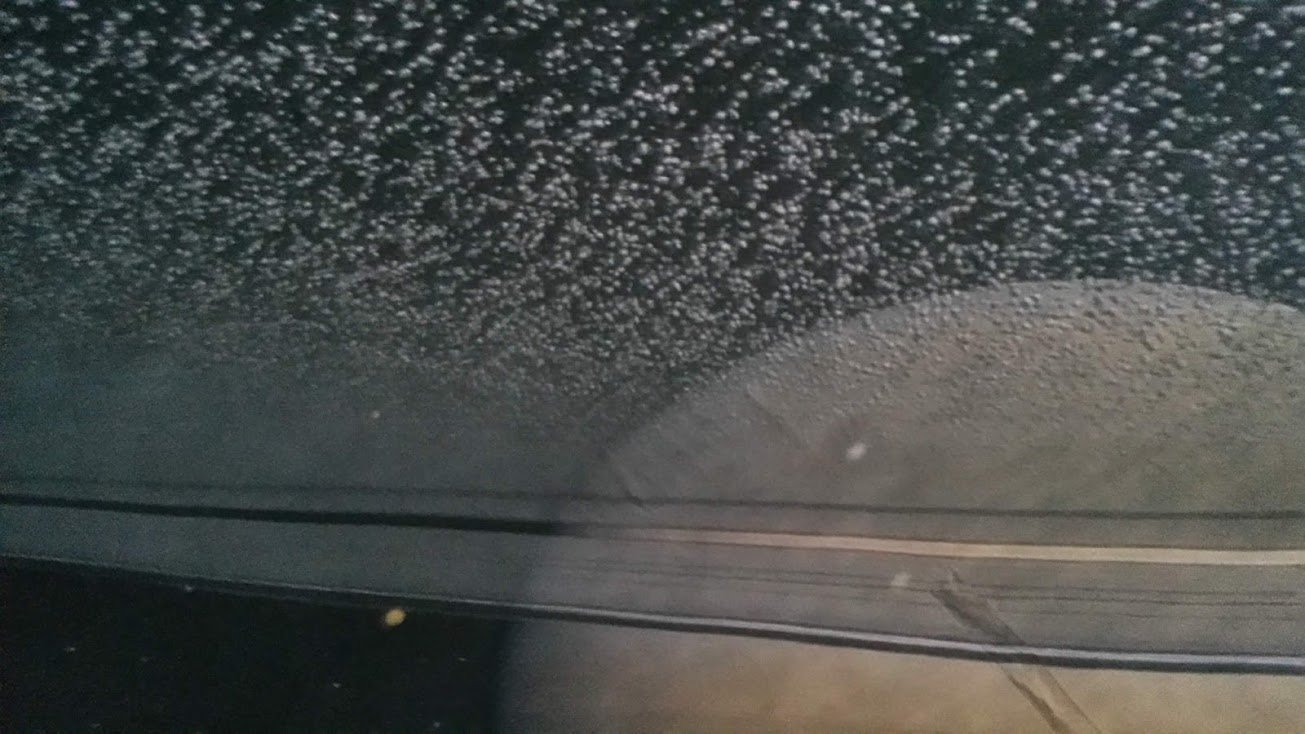Image: inside WonderDome Portable Planetarium
Planet Saturn (along with four other naked eye planets) has been known since ancient times. And yet the planet’s most famous feature, the rings, was not discovered till the mid-17th century.
Fast forward 300 years and we learned that other solar system giant planets also have rings, though none are as spectacular as Saturn’s (for more details see Rings around gas giants in the Solar System). What’s more, in the Solar System we observe rings not only around planets, but also around other objects, such as moons, dwarf planets, centaurs. We begin to discover rings outside the Solar System too! In 2012 a giant exoplanet called J1407b (although it might be a brown dwarf – we are still not sure) was found to have a massive ring, system possibly 200 times bigger than that of Saturn. Not as unique as we once thought, the rings of Saturn are nevertheless one of the Wonders of the Solar System!
Here are 5 reasons why Saturn’s rings are awesome
1. They can tell us how the Solar System was born
A giant planet surrounded by a thin disk of material with moonlets embedded into the rings. That’s the Saturnian System. This is also pretty similar to what the Solar System looked like when the planets began to form out of the protoplanetary disk surrounding the newborn Sun. To scientists, these analog structures are invaluable. By studying the dynamics of the rings, the temporary structures that appear in them and the way the moonlets affect their ring surroundings, astronomers discover how our own Solar System formed!
2. The rings might be made of Saturn’s icy moons – smashed or torn apart
Saturn’s rings are made of pieces of ice and rock that range in size from a grain to a boulder. Astronomers still debate about how old the rings are and where they came from. One of the leading theories of the rings formation suggests that the ring material came from Saturn’s early moons that were destroyed by mutual collision. Or even by Saturn itself, if the moons spiraled too close to the planet! Smashing!
3. Saturn is losing the rings as we speak
As was long suspected and recently confirmed by Cassini spacecraft, the material of the inner rings keep falling onto Saturn. The ‘ring rain’ happens because some of the rings’ smallest particles get electrically charged and then travel along Saturn’s magnetic field lines into the planet. If the rings continue to lose material at the present rate, they will disappear completely in the next 100-300 million years and Saturn will become (gasp) ringless.
4. The rings make for a spectacular target for telescopic observations and astrophotography
Sadly, we cannot see the rings around Saturn with an unaided eye. Or even with binoculars. But look through a telescope, and you will see a hula hoop around the planet’s middle. A bigger telescope will reveal more details, such as the dark gap in the ring structure called Cassini Division.
Interestingly, the view of the rings changes over time. This is because an observer on Earth sees Saturn at different angles. The rings are easier to see when they are turned towards (or away from) the Earth. On the other hand, when we observe Saturn’s rings edge-on, they almost disappear from our view. That happens every 15 years and the next opportunity will come in 2025.
If you never observed Saturn before, a good way to start is to attend your local Astronomical Society’s public observing night. Don’t forget to bring your camera along! Here are some tips on how to photograph planets.
5. NASA had a spacecraft fly through the rings of Saturn
Cassini spacecraft studied Saturn and its system for almost 13 years since 2004. Towards the end of the mission the robotic explorer performed 22 daring dives between the planet and its innermost ring. These last orbits provided scientists with unique data on the rings composition and structure, on Saturn’s magnetic field and ring rain!
What is YOUR favourite fact about Saturn’s rings? Let us know in the comments below!

